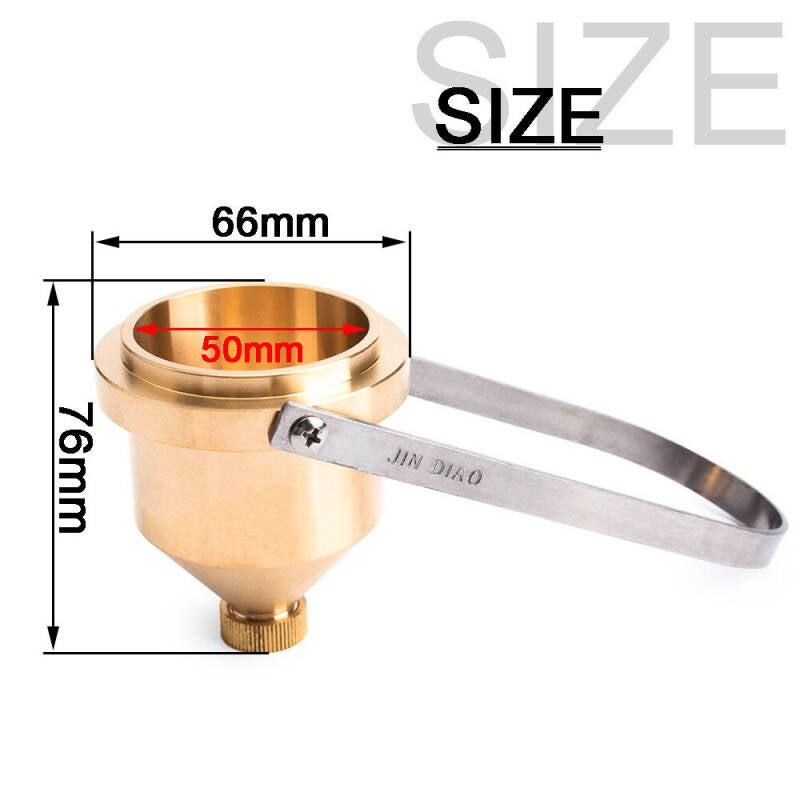Information
Welcome to Heritage Lane's guide to paint viscosity. Here, we explore what viscosity is and its importance in period and listed building conservation and restoration. Understanding paint viscosity is crucial for achieving the desired finish and longevity in your projects. We aim to provide you with the knowledge and insights needed to navigate this key aspect of paint selection and application.

What is viscosity?
Viscosity refers to a liquid's resistance to flow. In simpler terms, it's how "thick" or "thin" a liquid is. Understanding viscosity is key to knowing how a paint will perform during application, its ability to adhere to surfaces, and its final appearance. This is especially important in the conservation and restoration of period and listed buildings, where the correct paint consistency is crucial for maintaining the building's historical integrity.

Temperature sensitivity
Liquid paints are very much affected by temperature. Warmer temperatures typically reduce viscosity, making the paint thinner and more prone to drips and runs. Colder temperatures increase viscosity, potentially making the paint harder to apply smoothly. At Heritage Lane, we understand the impact of environmental factors on paint performance. Our knowledge ensures that you're prepared to handle any temperature-related viscosity changes, optimizing your application process, no matter the conditions.

Liquids vary
It's important to remember that all liquids vary in viscosity. Different types of paints will exhibit different viscosities, even at the same temperature. Some paints are naturally thicker, while others are thinner. At Heritage Lane, we provide detailed information about the viscosity characteristics of our paints, helping you select the perfect product for your specific project needs. We also offer guidance on adjusting viscosity if necessary, ensuring optimal application and desired results.
Measuring Paint Vicocity
Measuring the viscosity of paint can help you determine the right consistency for spraying, brushing, or rolling. In this article, we will guide you through the process of measuring paint viscosity and provide you with tips for achieving the desired consistency.

Flow cups
Measuring the time taken for a specific amount of paint to flow will determine the viscocity of that paint
Various types of 'flow cups are available today from beautiful looking non Ferrous Metal types to black, functional yet bland looking plastics. We've put a Chart at the end to make things easier to understand - click to enlarge it!


